Barren landscapes, black sand and fish bones. A journey through the harsh Icelandic winter, discovering it’s rich cultural and historical past, simple way of life and complex language.
Table of contents
Since music and the arts are running so deep in Icelandic culture (it is said jokingly by the locals that most people are at least in a band), here’s some local music to listen to while reading this travel log:
If you want to explore the depths of the quite rich black metal scene of Iceland, I really recommend the book Svartmálmur from Verði ljós.
Reykjavík, the city
Small but cozy, with it’s metal clad homes and myriad of coffee shops and small bakeries Reykjavík is quite welcoming, nestled in it’s cove, the smoke cove (rough translation of the city name) is one of the most northern capitals in the world which can really be felt in winter, due to it’s piercing cold winds rolling down the mountains and oppressive darkness. Walking around town, I noticed how much care was put in developing the city in harmony with the landscape and trying to reduce the toll commonly taken on nature by urban spaces. Something quite impressive to see as I left the city are the large tubes that bring the geothermal energy that heats 90% of the city’s buildings, tapping into the volcanic depths of the very active island.
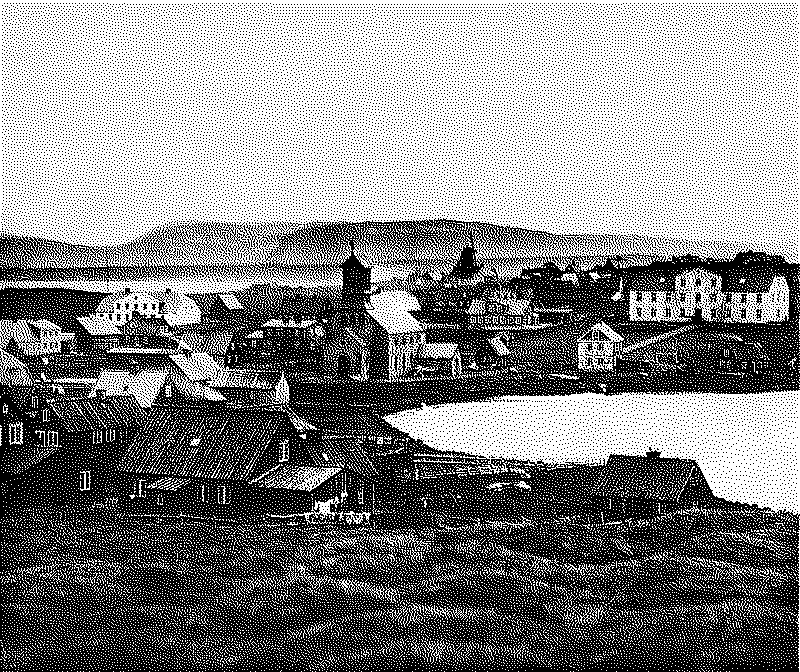
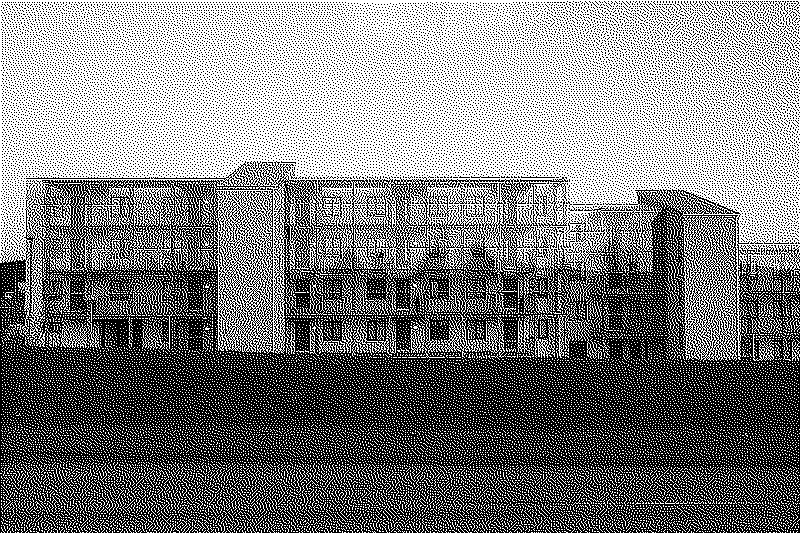
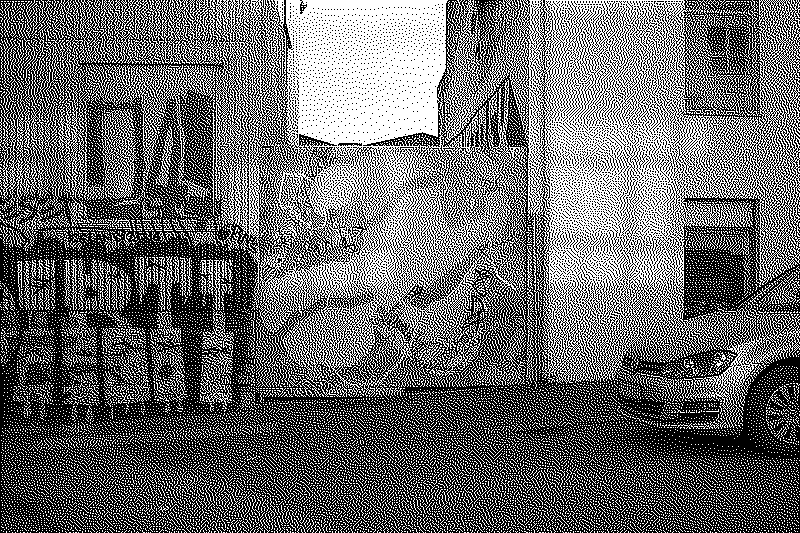

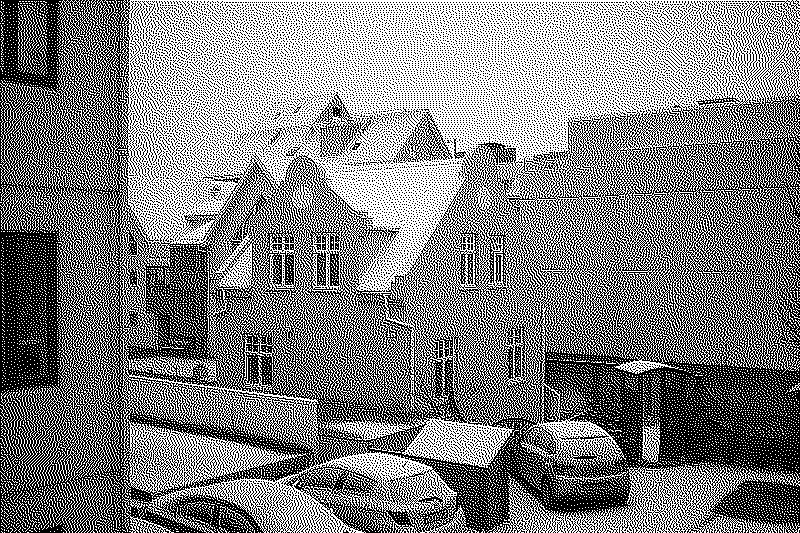

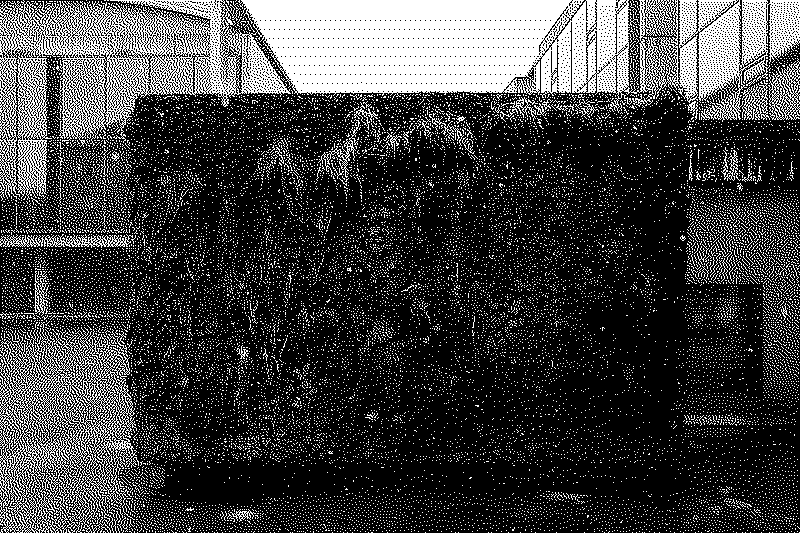
The mountains, waterfalls and beautifully harsh nature
Venturing out of the city, I was instantly struck by the nature, large fields of moss-covered volcanic rocks pierced by fiery geysers, snow covered peaks disappearing in the low clouds and blowing snow, it is barren, cold but also beautiful rich and alive, you can feel the boiling volcanic power hidden underneath the Icelandic landscape, a large-scale meeting of fire stone and water on which some people decided to live. Standing on the Reynisfjara beach surrounded by towering sharp stones, my feet sinking in black volcanic sand and in awe in front of the roaring waves coming to crash a few meters in front of me I couldn’t help but think of the Icelandic fisherman of yore pushing their little wooden ship at sea in those menacing waves, wearing their heavy waxed canvas outfits reeking of fish oil and sweat, getting ready for the prospect of many days at sea in the hope of getting enough fish to last them for the coming months.
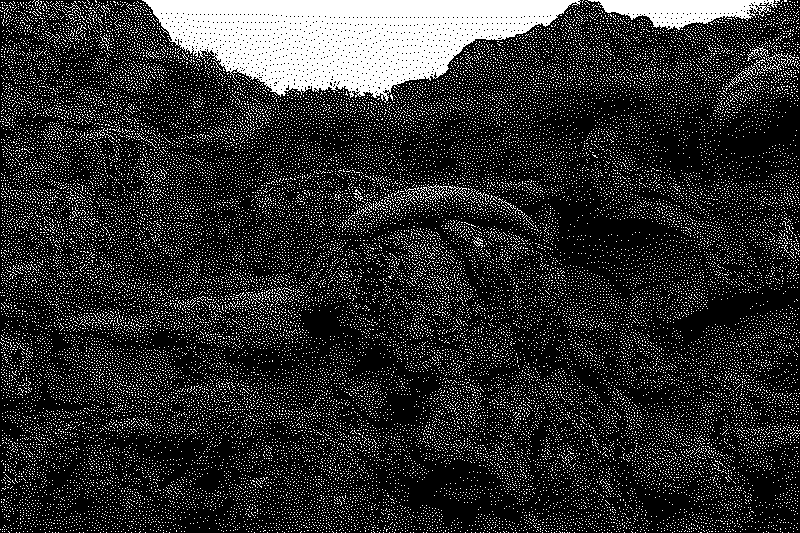
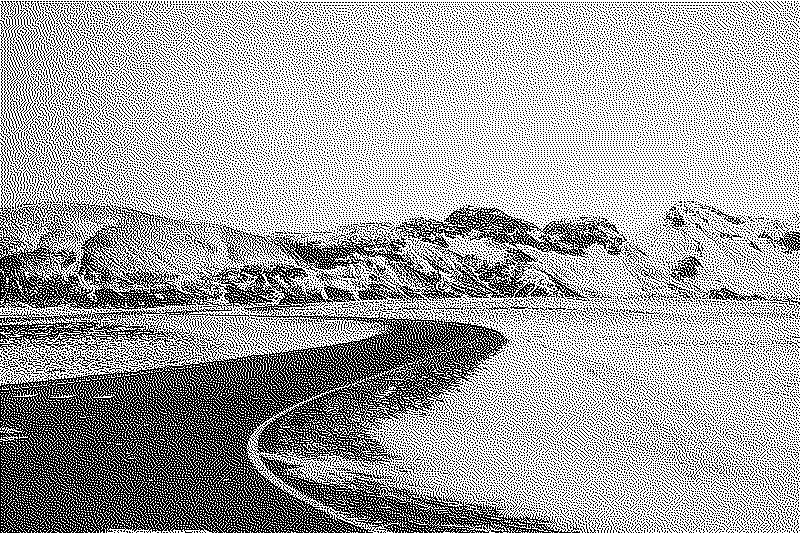
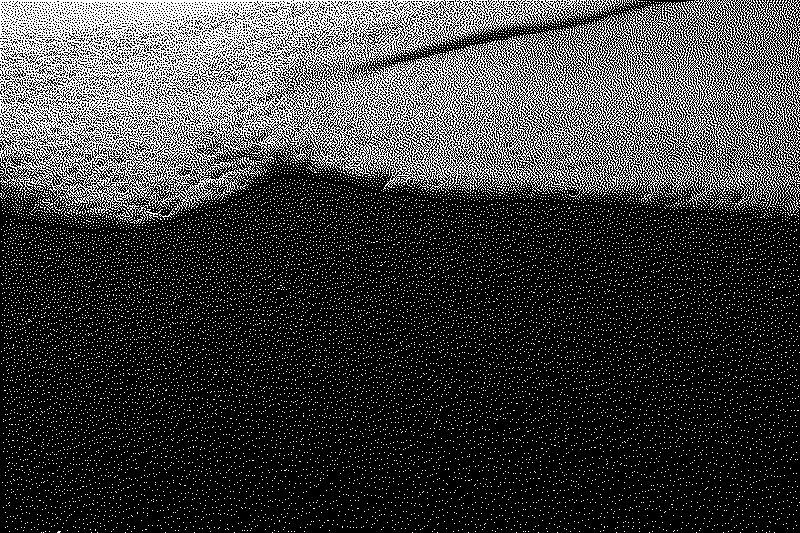
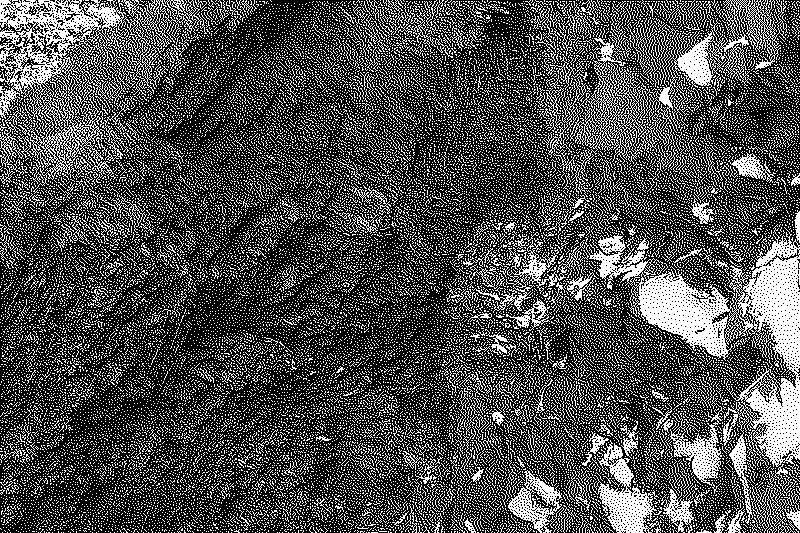
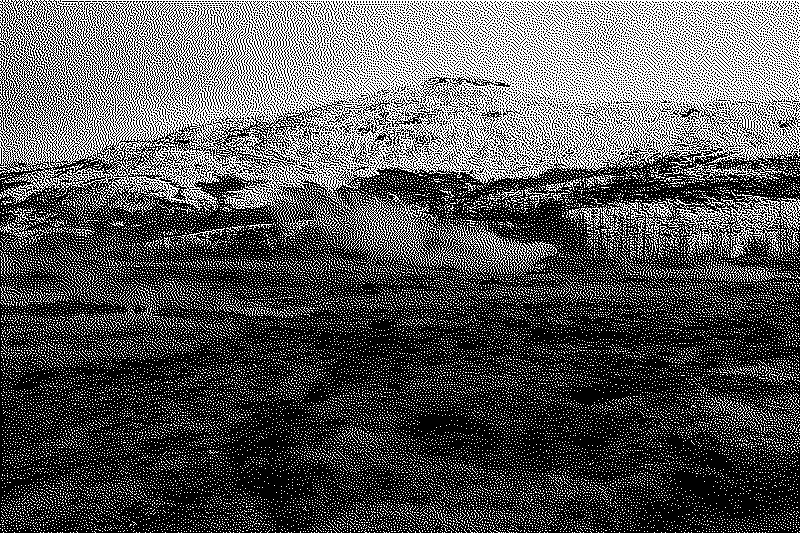
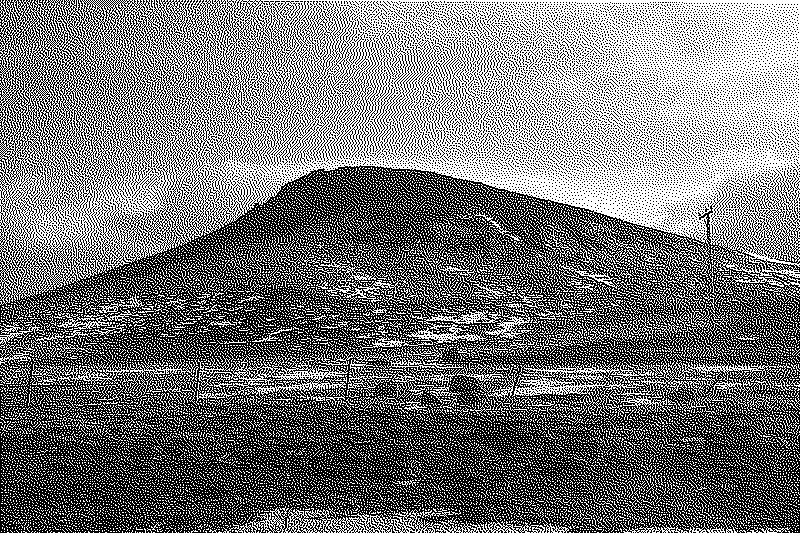
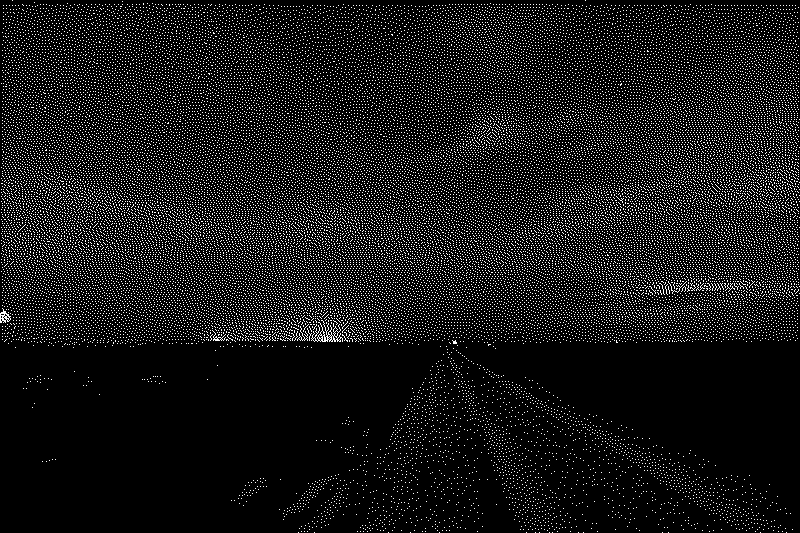
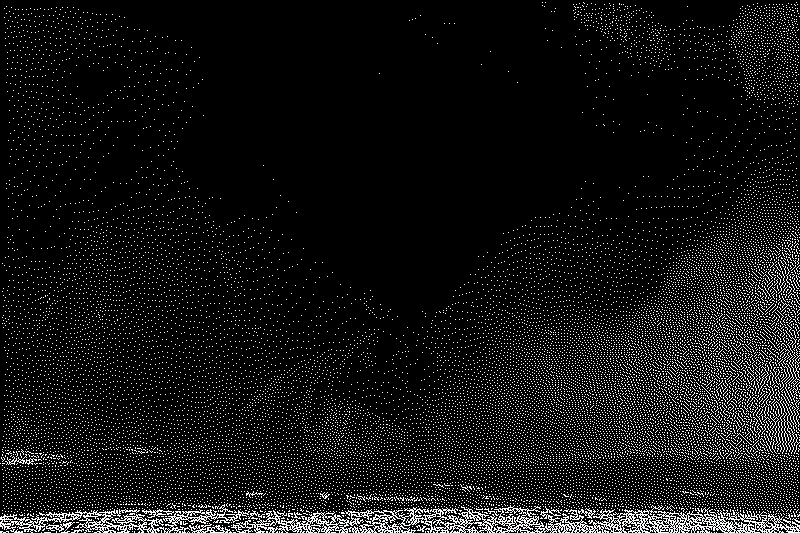
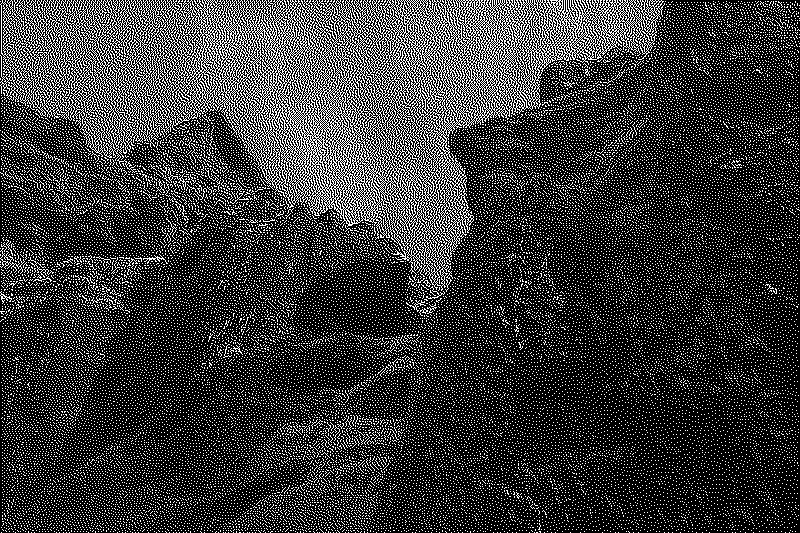
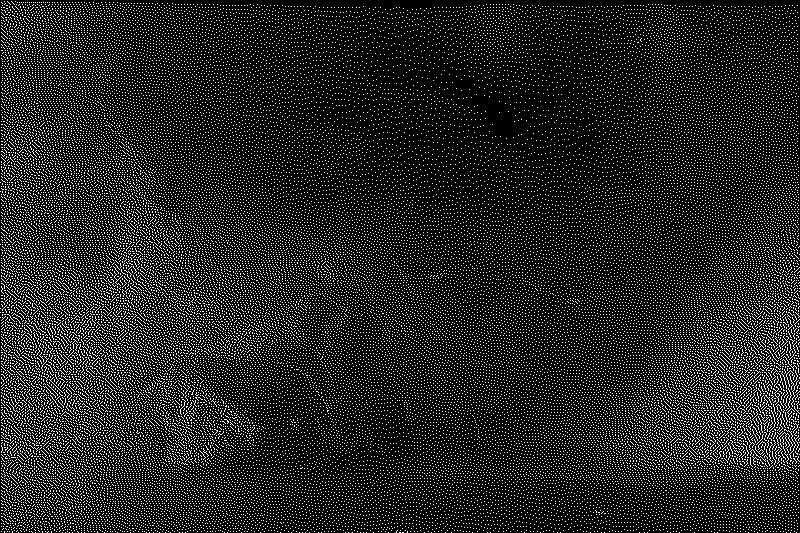
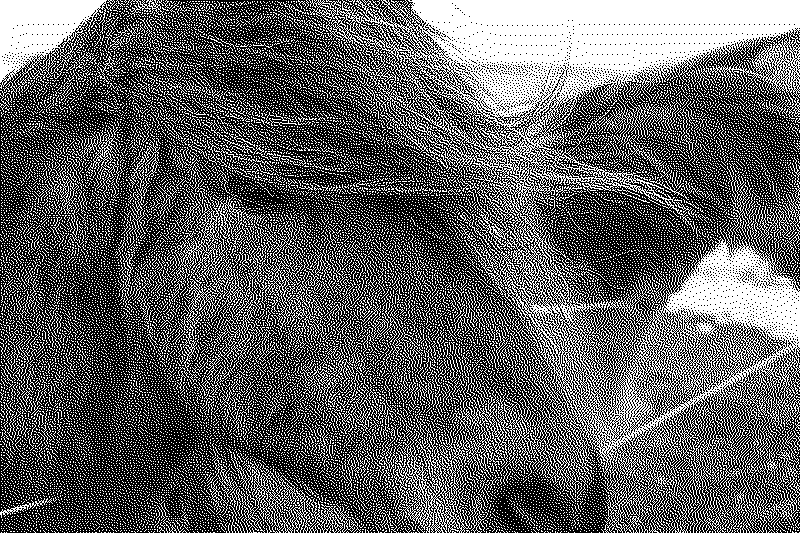
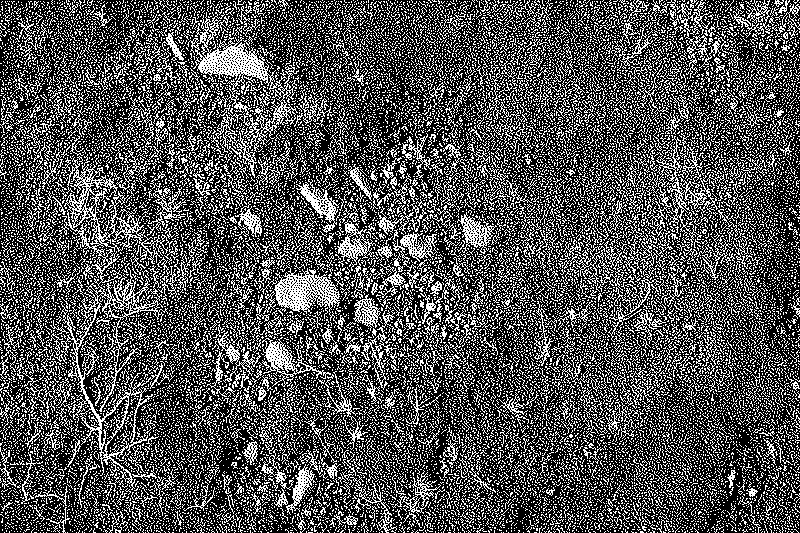
Findings from an Icelandic flea market
I was pleasantly surprised to find a big flea market in Reykjavík, the Kolaportid Flea Market is filled with plenty of antiques, old books with beautiful typefaces and even a little food section with a variety of dried fish, which Icelandic people eat almost like toast with some butter on top.
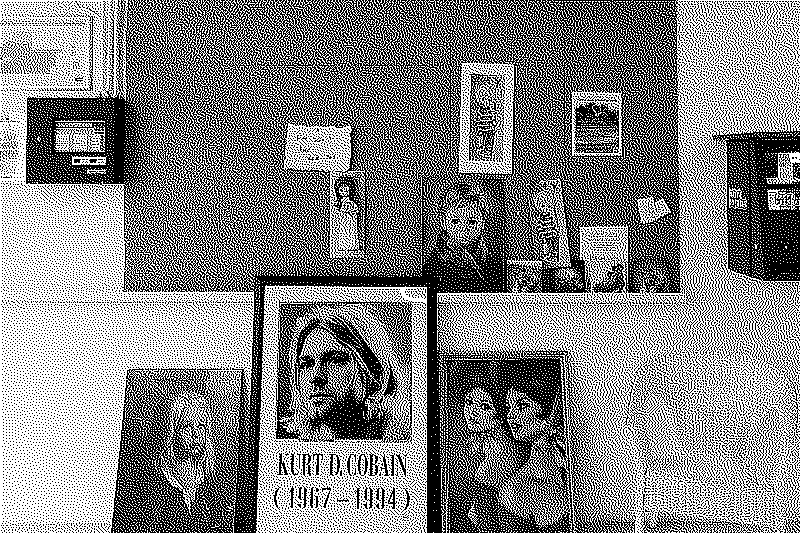
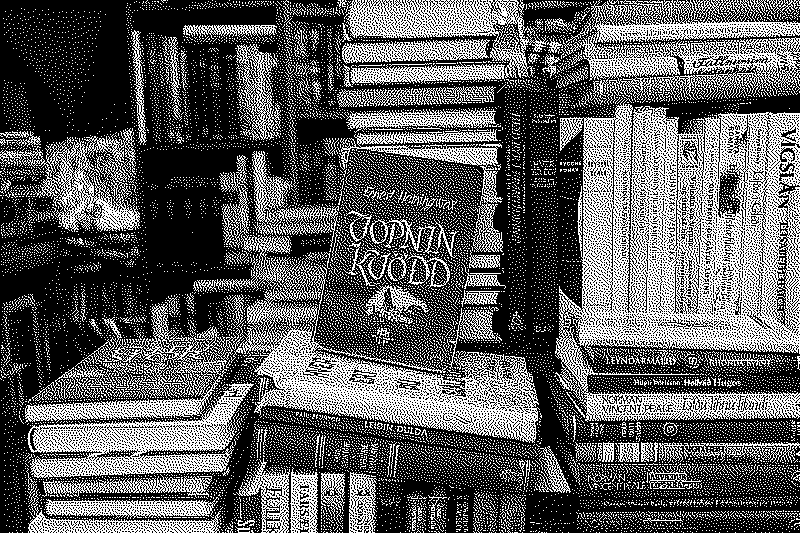
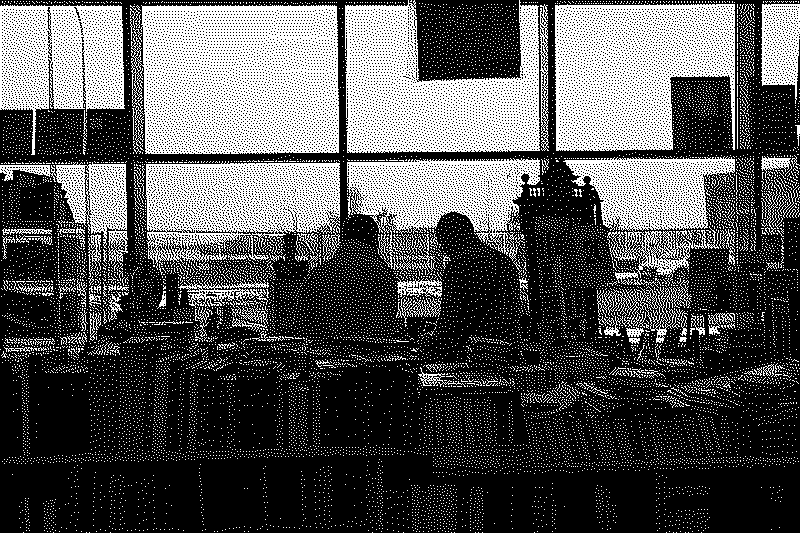
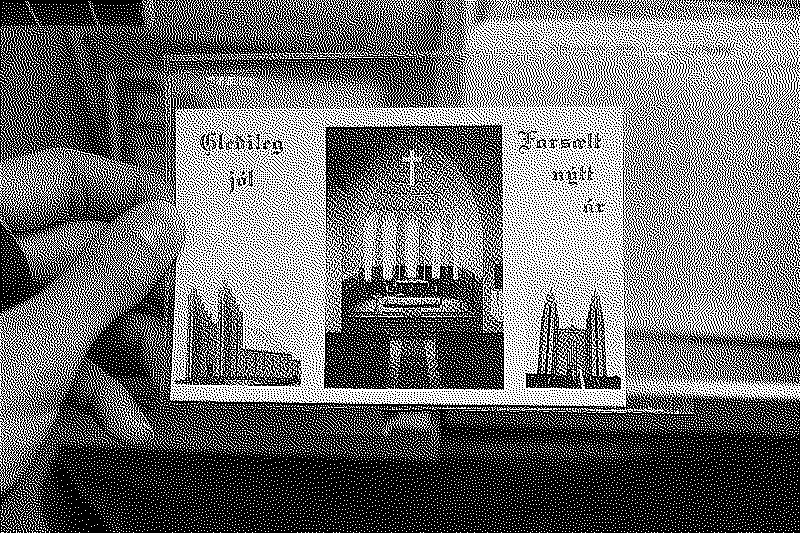
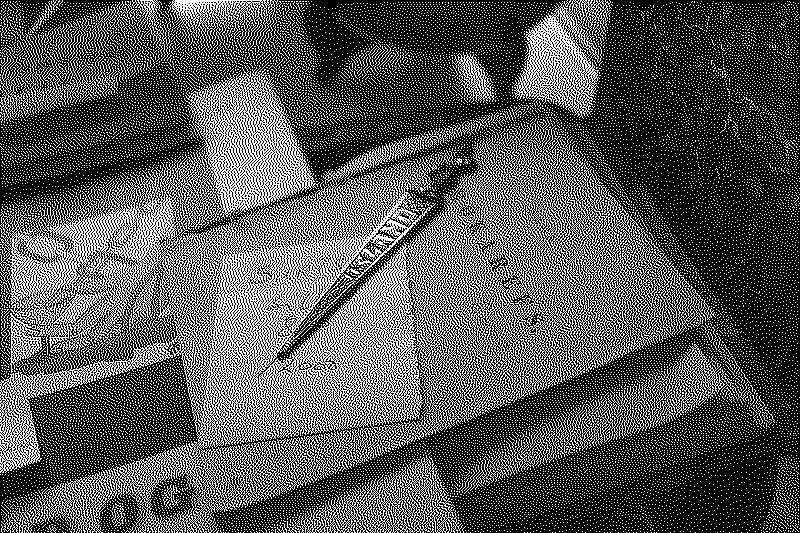
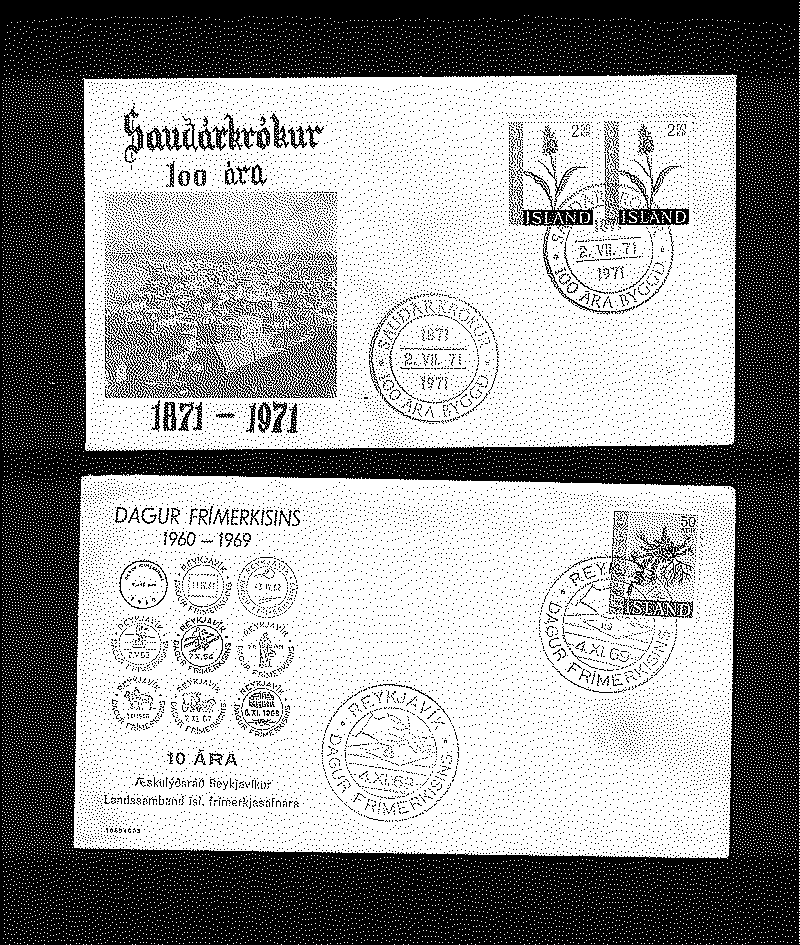
Nordic food with a lot of paprika
While exploring the city we stopped at Matur og Drykkur , a restaurant serving reinterpreted traditional Icelandic cuisine.
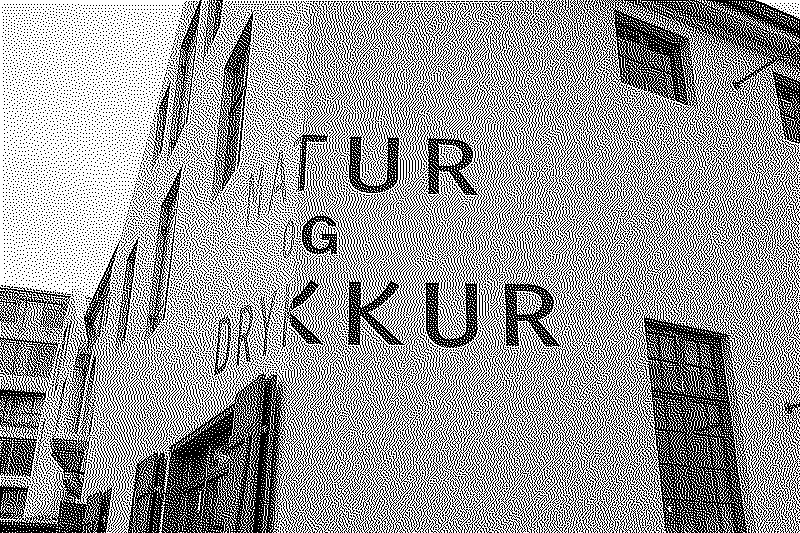
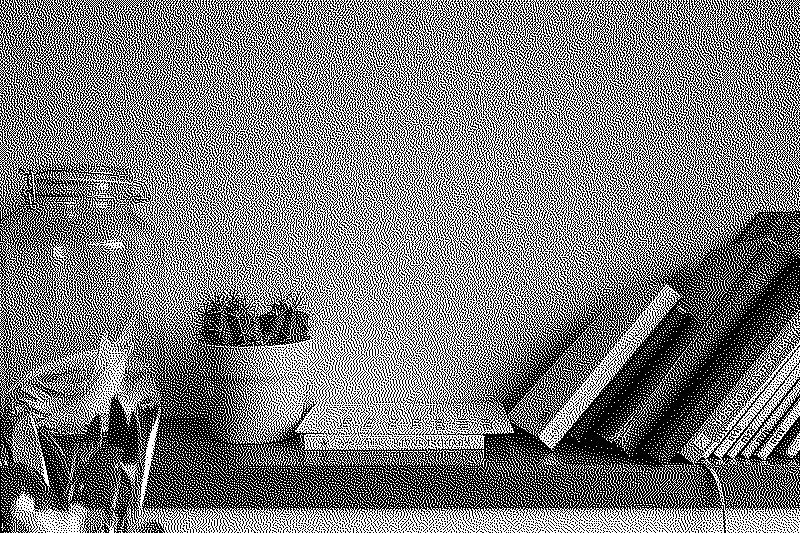
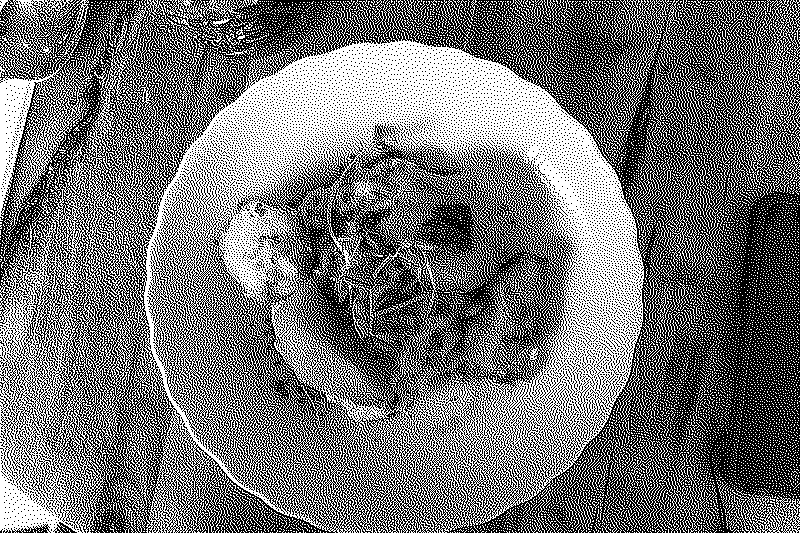
Overall while staying in Iceland we cooked most of our meals because of the prohibitive price of food, restaurants and fresh ingredients over there, because growing things on this rocky volcanic and very cold island is particularly hard. There is exploration into growing fruits and vegetables in geothermically heated greenhouses since 1924 and there’s been more and more development into this ever since. You can read more about that over in this article .
In order to learn more and experiment with Icelandic cuisine I got two recipe books: the Nordic Cookbook by Magnus Nilsson and Noma: Time and Place in Nordic Cuisine by René Redzepi. There’s plenty of fish and meat recipes in there but there’s also some interesting things made from grains or fermented, I might also try to make plant-based versions of some of the meat recipes.
The Einar Jónsson statue garden and it’s surroundings
Just next door to Hallgrímskirkja, the famous Reykjavík church, is a small museum and garden dedicated to the works of Einar Jónsson. The bronze statues are mysterious and evocative, infused with inspiration from both german symbolism and Norse mythology. Most of them are pretty small and their dark green patina blends them well with the surrounding nature.
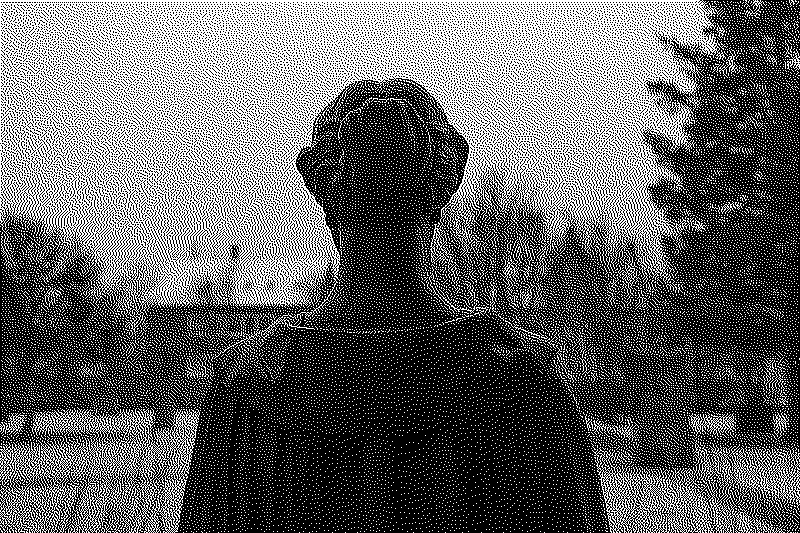

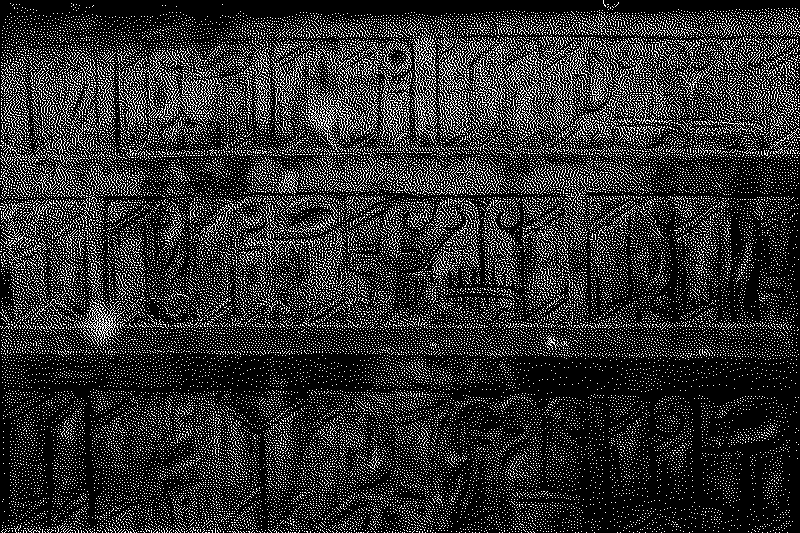
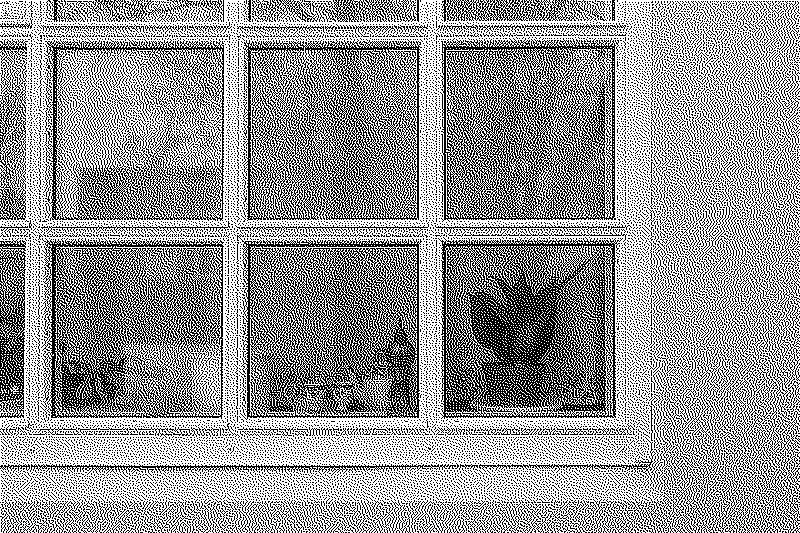
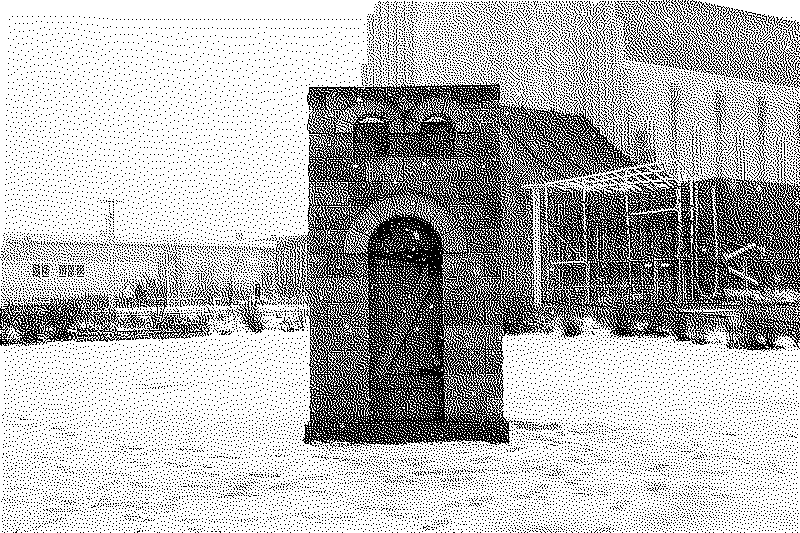
Historical Iceland, museum pieces and old house reproductions
Those next photos cover what I’ve seen in multiple museums around Iceland, chronicling the different moments of it’s old and rich history.
The Árbær Open Air Museum has a number of historic houses and a church that were moved from central Reykjavík over the years.
The Skoga museum is a folk museum situated in southern Iceland with an extensive collection of artefacts linked to craft and fishing, natural history collections and reproductions of traditional turf farmhouses.
The Reykjavík maritime museum is focussed on the history, folklore and culture surrounding fishing and seafaring activities, which are pretty central to Icelandic life. They have beautiful ship models and complete boat cockpits and plenty of marine artifacts on display.
The Saga Museum is a wax museum focussed on the early history of Iceland, the first people who came over during the main Settlement around 874, the socio-political developments from there, the witch hunts and the great sagas who tell those stories.
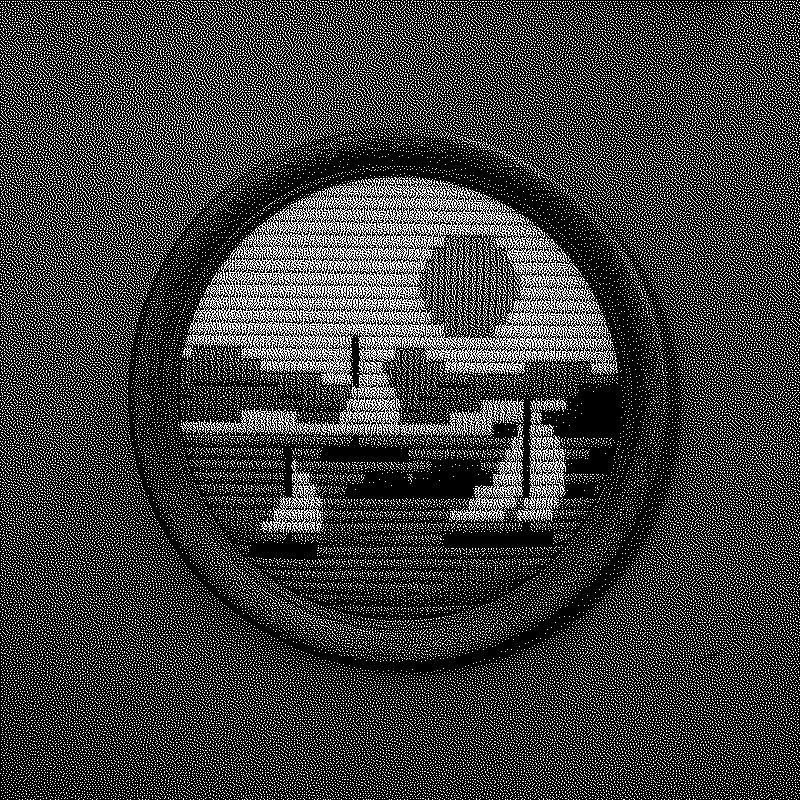
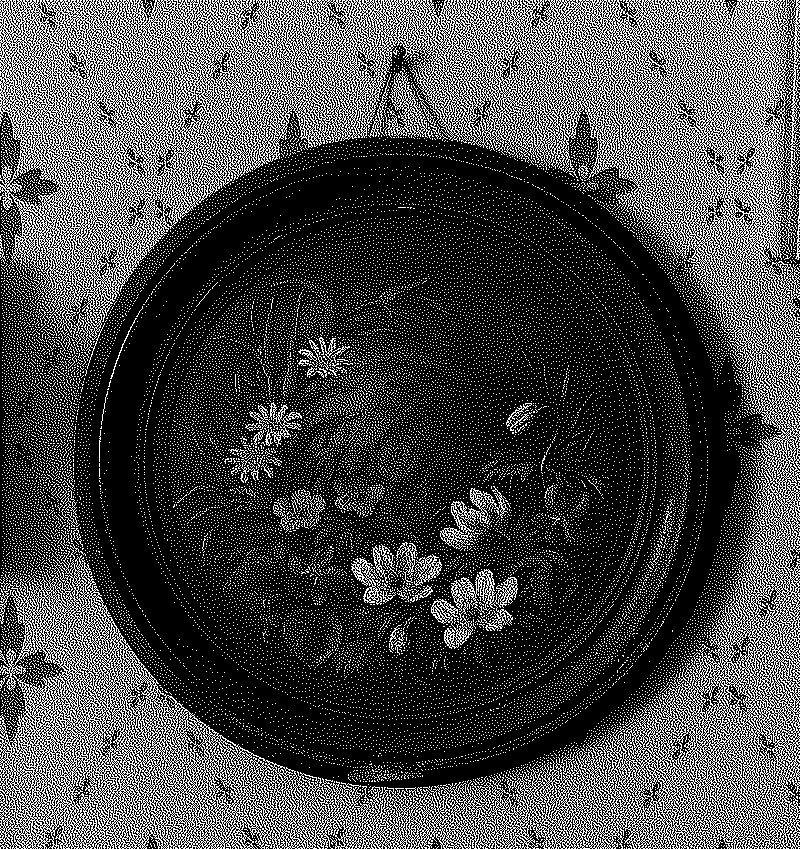
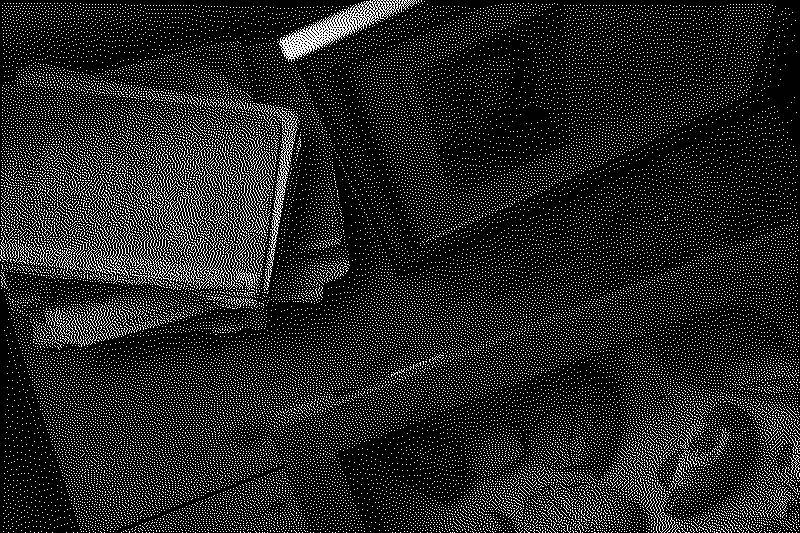
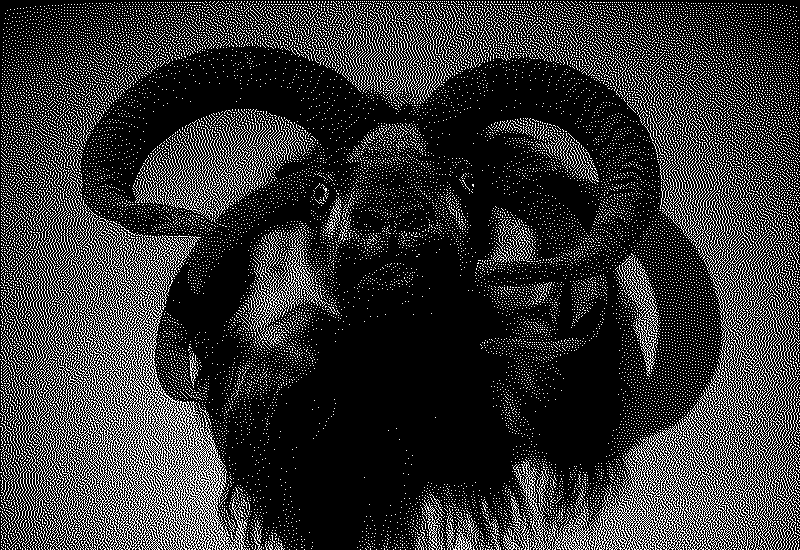
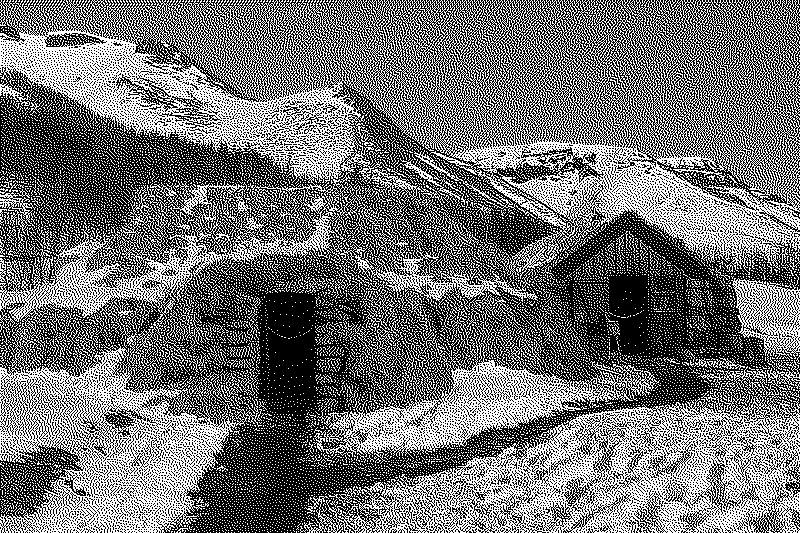
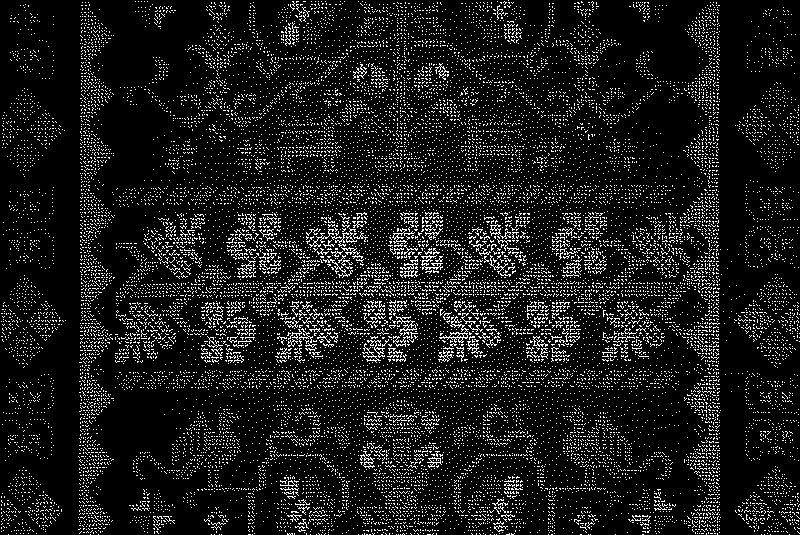
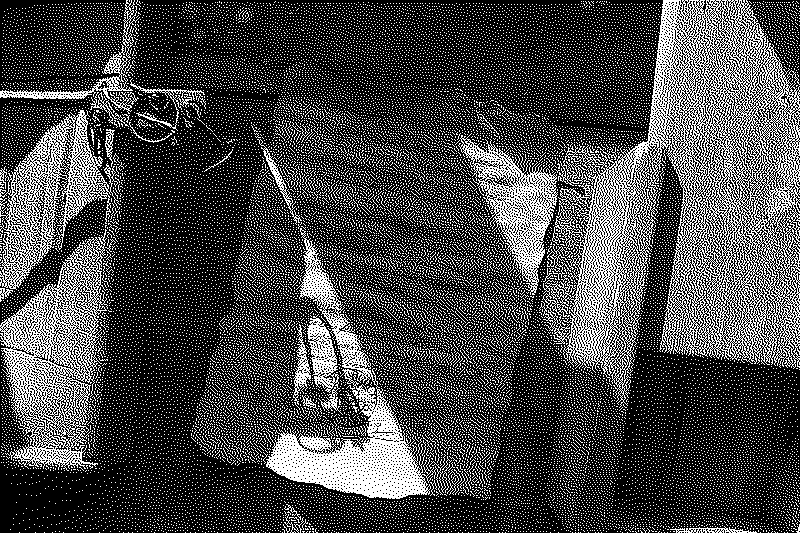
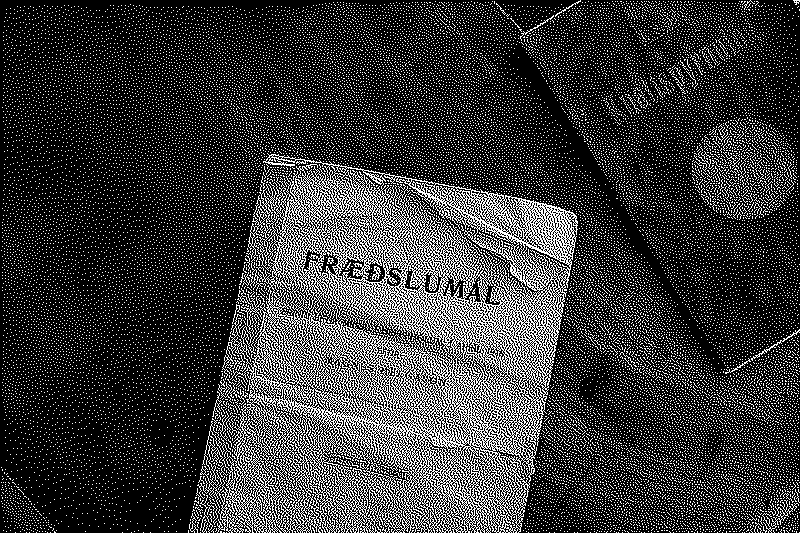
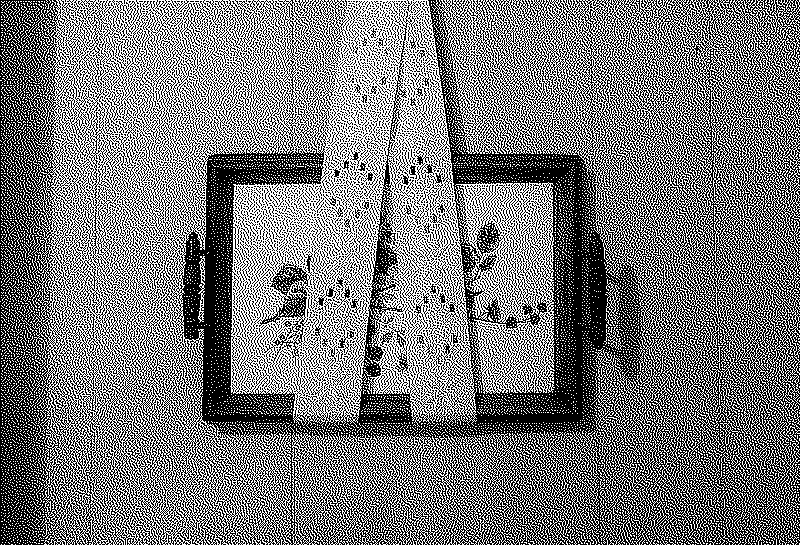
Let’s just take a moment to appreciate the functional beauty of this tray hung on the wall of one of the rare old wooden Icelandic houses. Folk arts and crafts have this way of making things beautiful while at the same time keeping them very relatable and human.
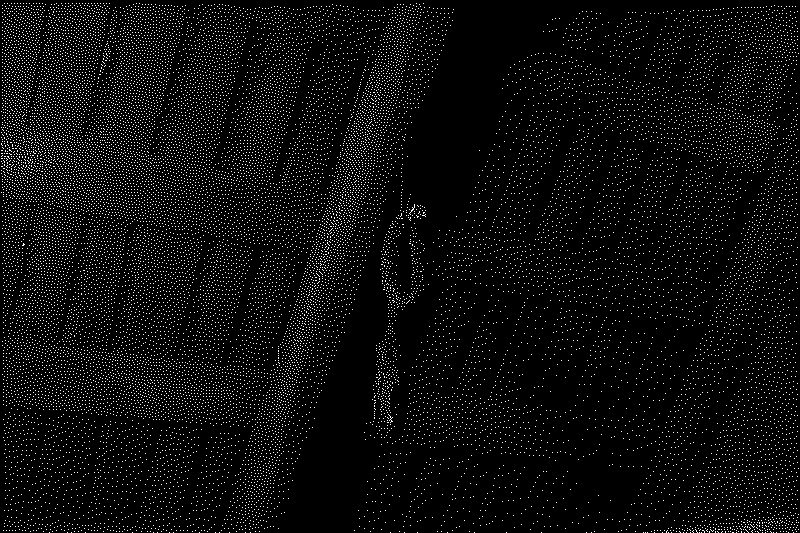
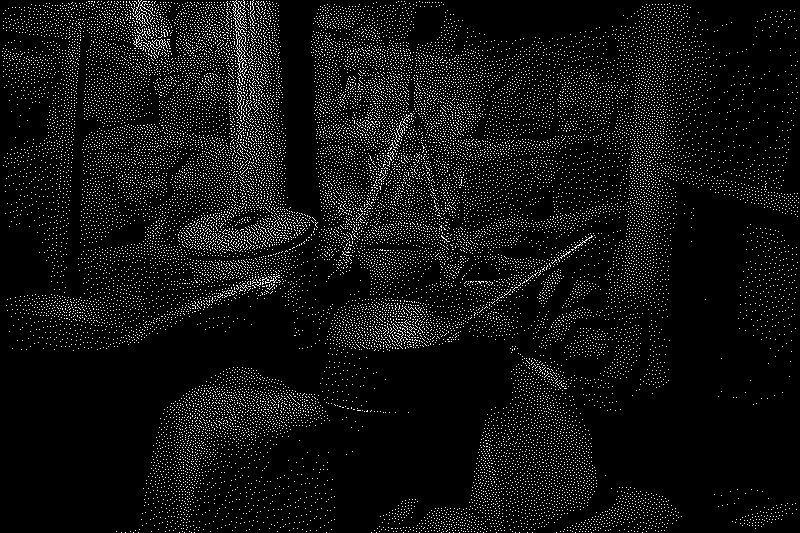
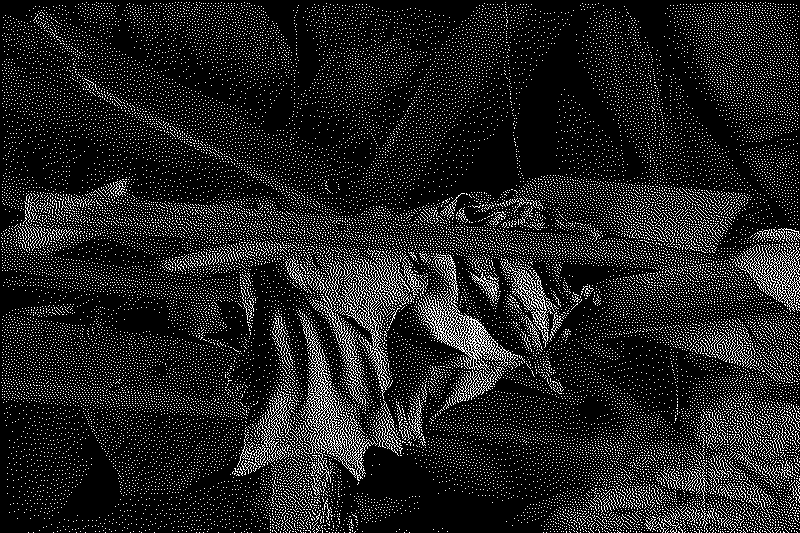
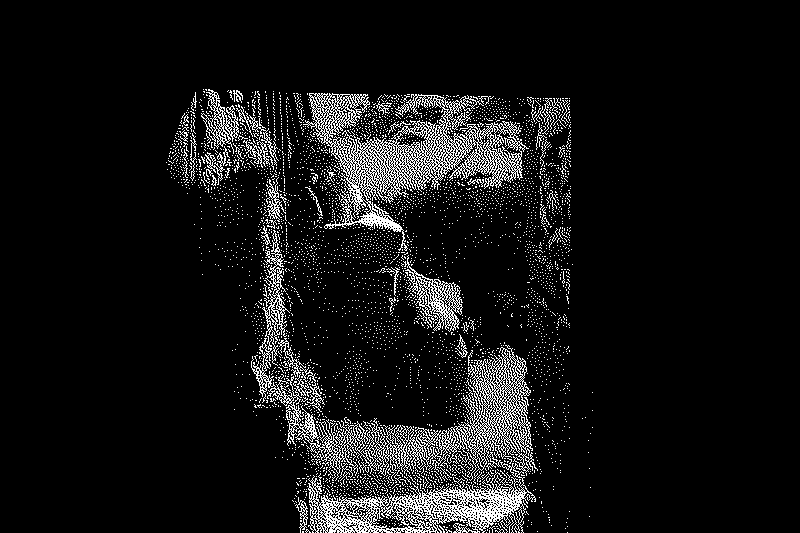
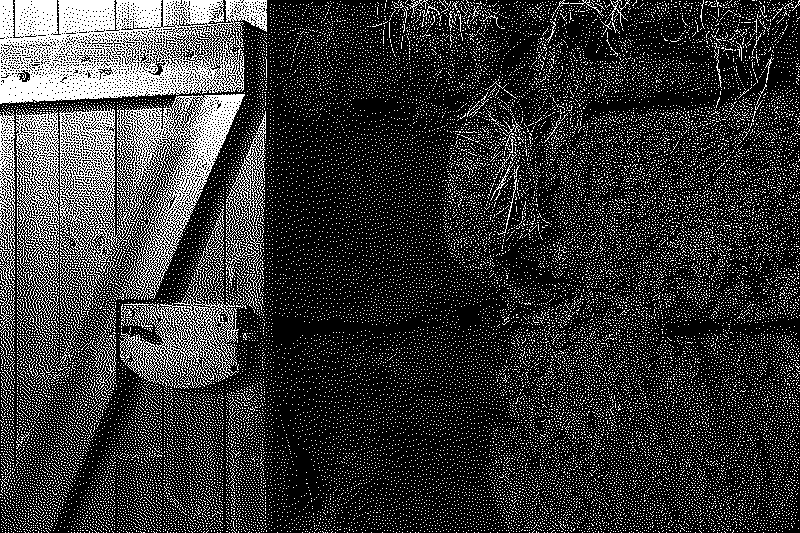
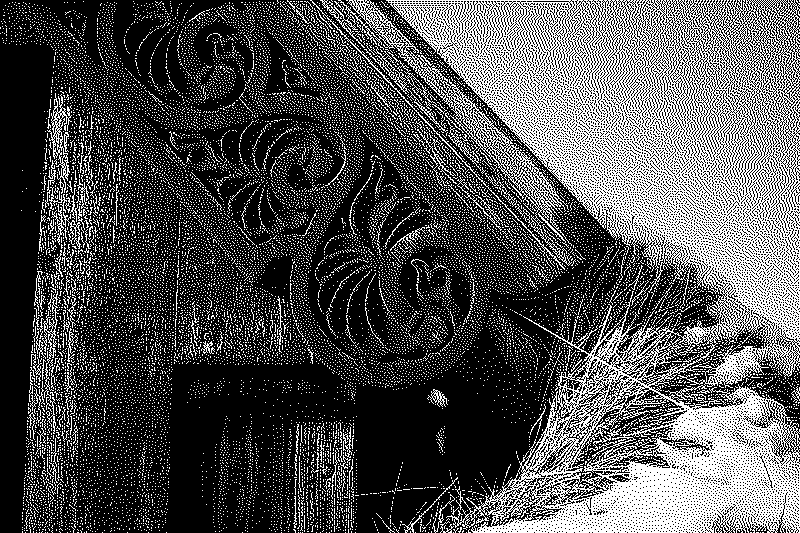
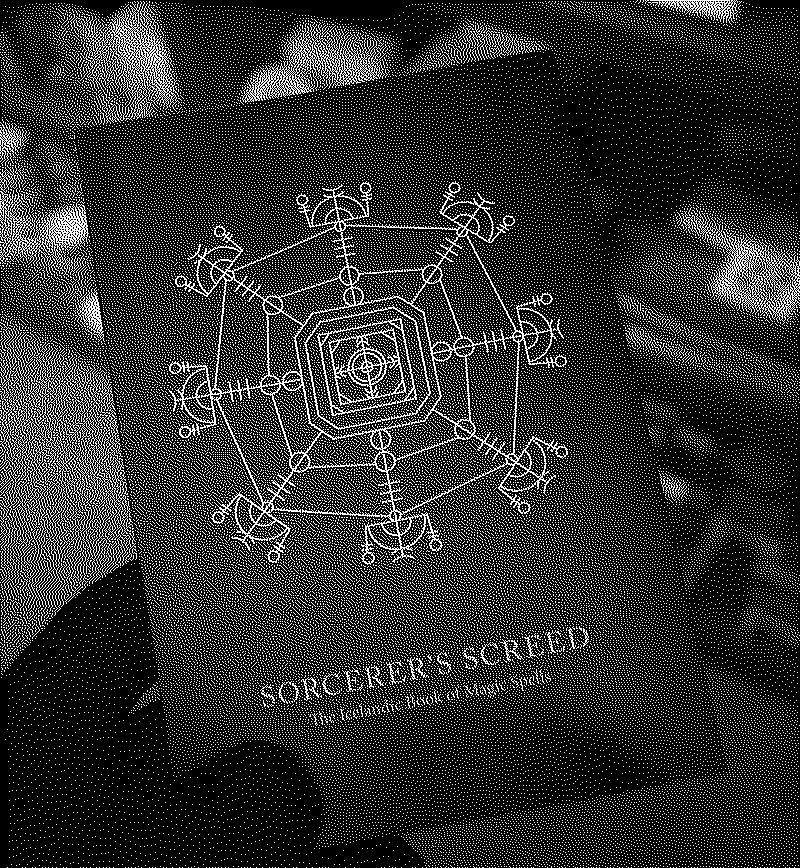
I haven’t had the chance to visit the Icelandic museum of sorcery and witchcraft or the Draugasetrið (Ghost center) but I will surely return for them in the future. I did however get a book on Icelandic magic: Sorcerer’s screed during our trip.
The fish drying racks
We got lucky enough to know someone living in Reykjavík with a car that could show us around what’s easily accessible to tourists, that included an outdoor fish drying rack and an abandoned house near the coast. Upon arrival, the first thing that hits us was the smell, even though the fish has been there for a while in the cold and dry weather the smell was still overpowering. The second thing I noticed was the ground, covered in thousands of small fish bones. Nearby we found an abandoned home, a tell-tale sign of the exodus towards the big city Reykjavík, from the smaller rural villages.
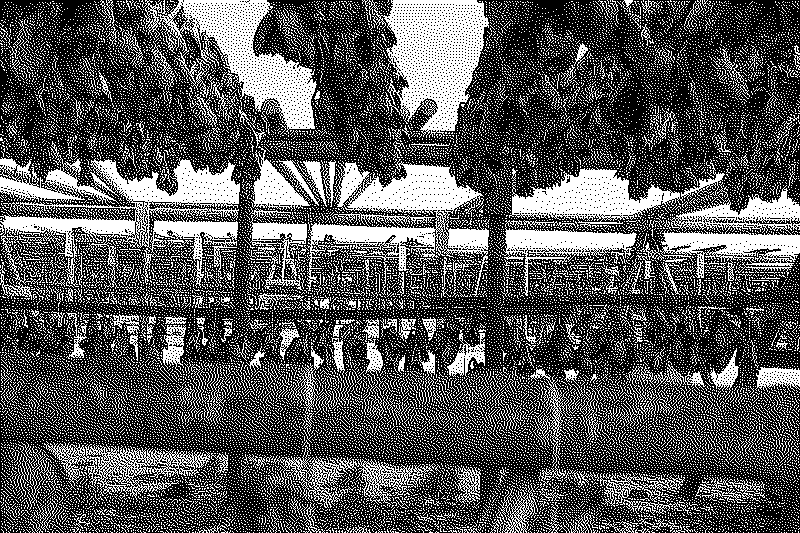
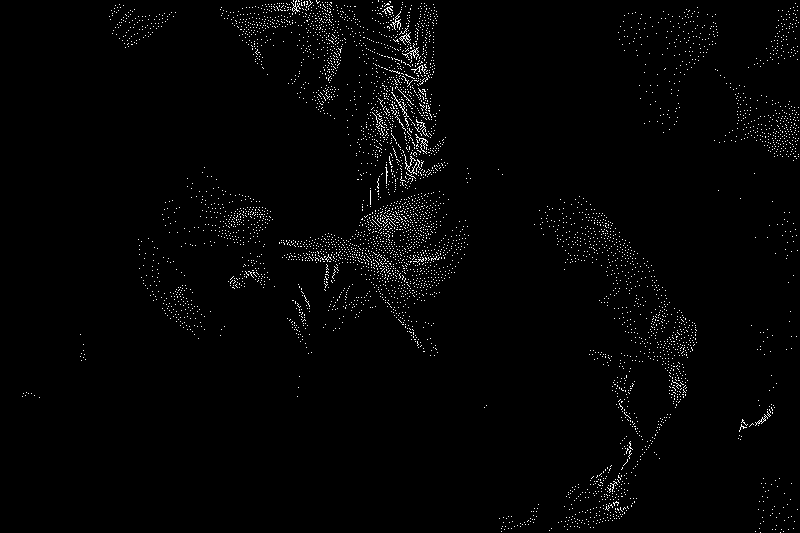
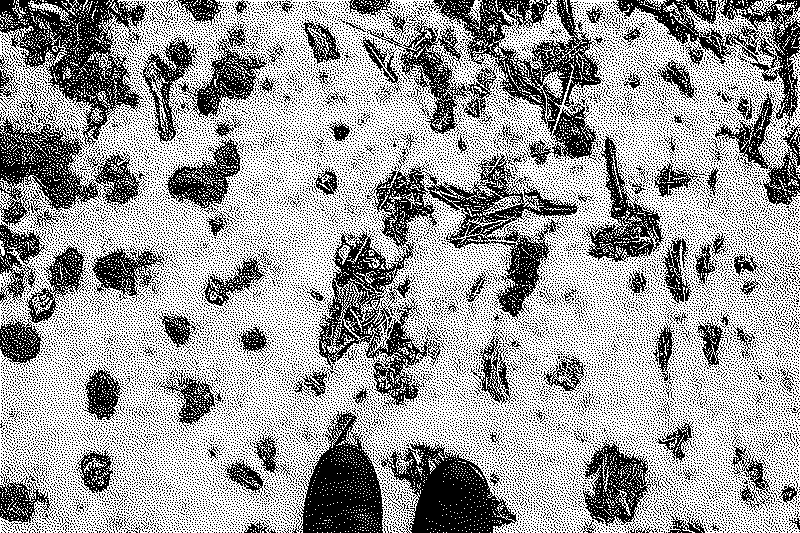

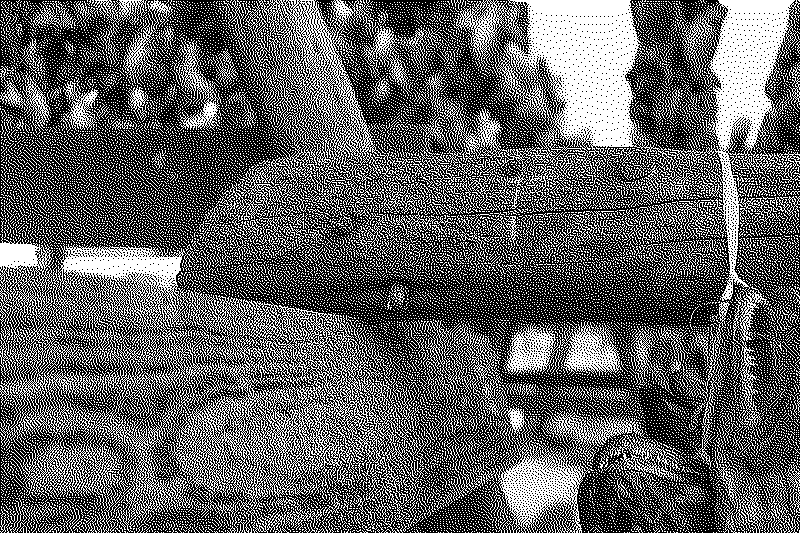
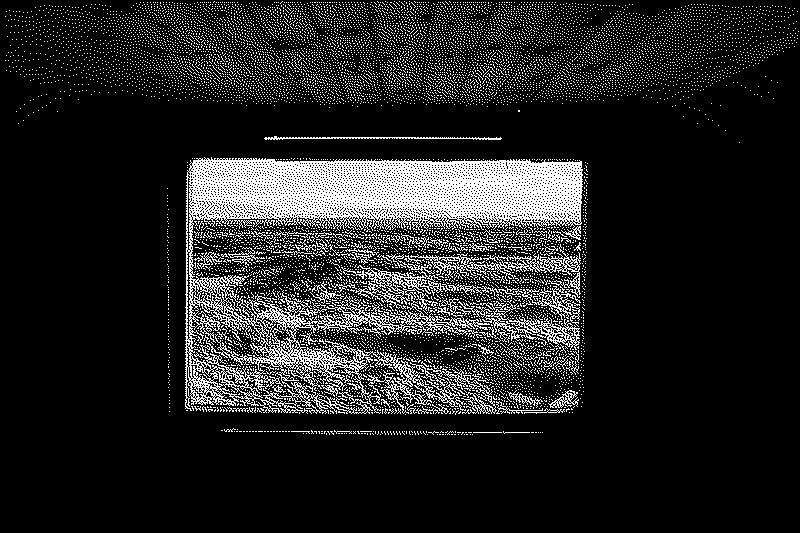
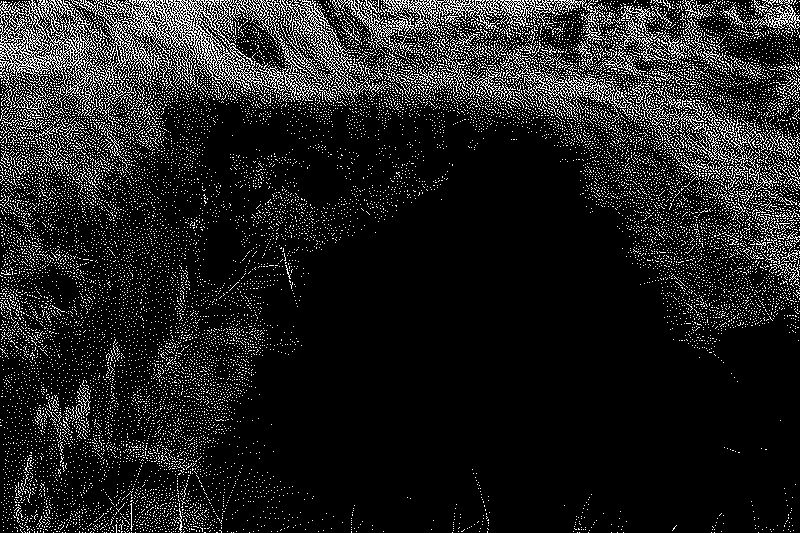
On my way back from this trip, I kept thinking of the things that I had seen and experienced, how life is shaped by living among such epic landscapes and at the same time in a smaller, more closely-knit city. I tried to keep with me this feeling of warmth that I felt everytime I stepped in a coffee shop after a freezing stroll through the city streets, the inspiration and artistic urge that comes from the necessity to fight the cold and the darkness and connect with others and the humility in the face of the sheer scale, power and beauty of nature in all of it’s forms.